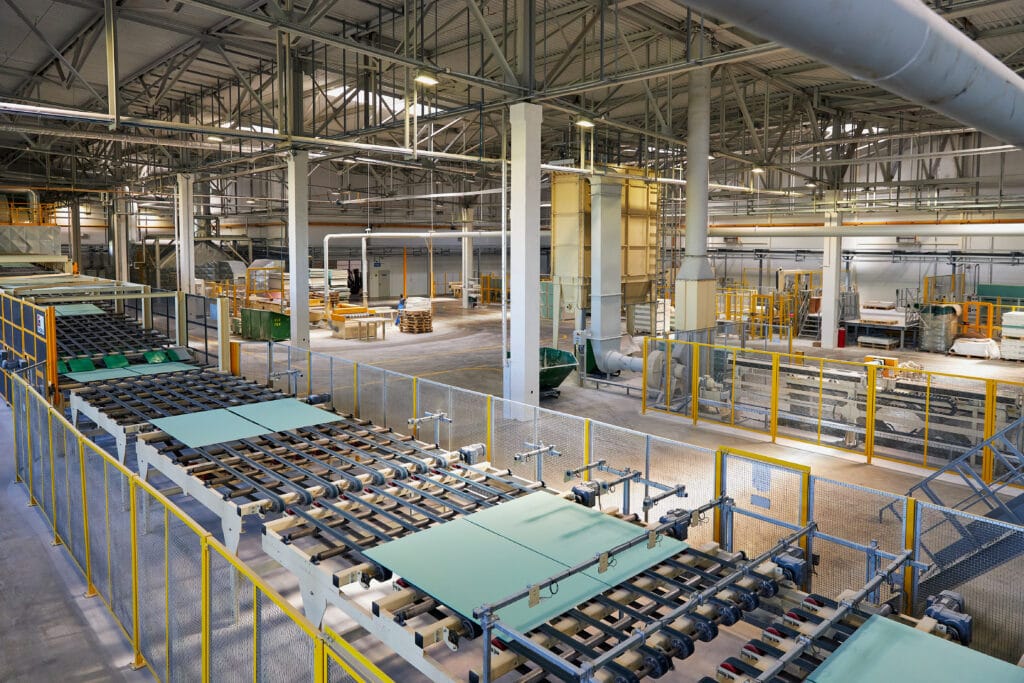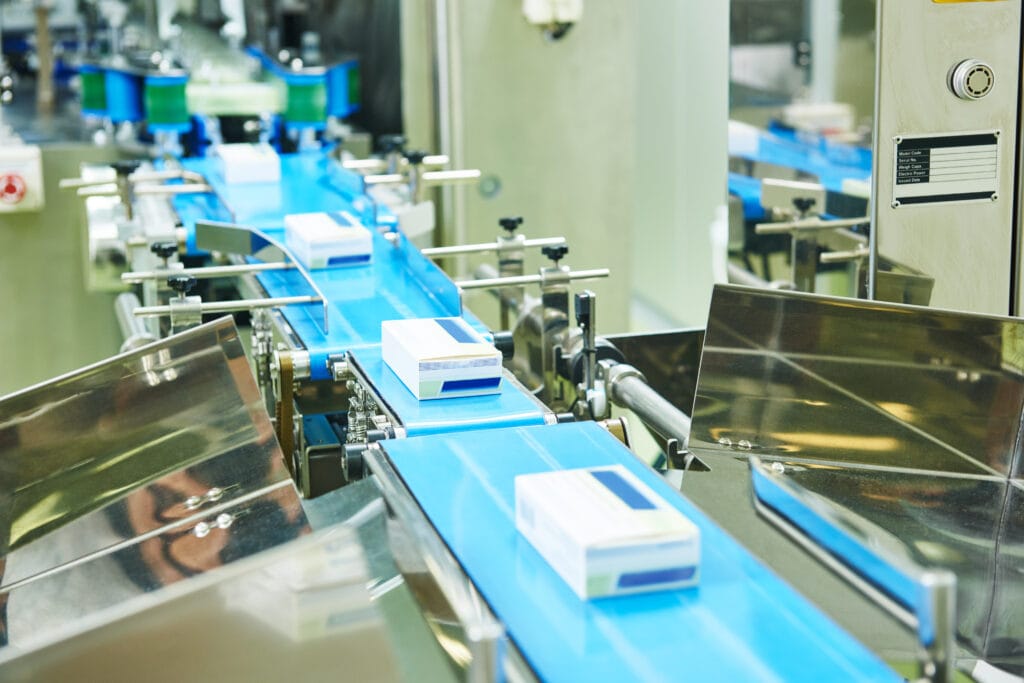Benefits of hot melt polyurethane adhesives for panel lamination
Leave a CommentPanel lamination with BC Adhesives hot melt polyurethane adhesive?
Panel manufacturing and assembly are central to a wide range of industries, from furniture production, and RV/camper assembly to automotive construction. The choice of adhesive can significantly impact the quality, efficiency, and durability of your finished product. One adhesive that has been making waves in the panel manufacturing and assembly world is hot melt polyurethane adhesive. In this blog, we will explore how BC Adhesive’s technology is transforming the industry and revolutionizing the way manufacturers create and assemble panels.
The Power of Hot Melt Polyurethane Adhesive:
Hot melt polyurethane adhesive, often simply referred to as HMPUR, is a game-changer in the world of panel manufacturing and assembly. Here’s why:
- Strong and Durable Bonds: HMPUR adhesive forms exceptionally strong bonds, making it ideal for assembling panels that need to withstand various stresses, from structural components in furniture to the body panels of vehicles.
- Versatile Application: This adhesive works with a wide variety of substrates, including wood, plastic, metal, and composites. It’s perfect for applications ranging from laminating wooden veneers to attaching decorative panels.
- Quick Curing Time: HMPUR adhesive cures rapidly, allowing for swift assembly processes. This efficiency is invaluable, particularly in high-volume production where time is of the essence.
- Moisture and Temperature Resistance: Panels often face harsh environmental conditions. HMPUR adhesive is resistant to moisture and temperature fluctuations, ensuring long-lasting, reliable bonds.
Applications in Panel Manufacturing and Assembly:
Let’s explore some specific applications of HMPUR adhesive in panel manufacturing and assembly:
- Furniture Production: From kitchen cabinets to office desks, hot melt polyurethane adhesive is widely used for bonding wood panels, edge banding, and laminating surfaces, resulting in sturdy, attractive furniture.
- Automotive Industry: HMPUR adhesive plays a crucial role in vehicle assembly, bonding interior panels, headliners, and body components. Its ability to withstand temperature variations and vibrations ensures the longevity of these bonds.
- Architectural Panels: Panels used in architectural and interior design, such as decorative wall panels, benefit from HMPUR adhesive for creating seamless, aesthetically pleasing designs.
- Insulation Panels: The construction industry uses HMPUR adhesive to bond insulation materials for walls and roofs, ensuring energy efficiency and temperature regulation.
- Electronics: HMPUR adhesive is employed to assemble electronic components, such as flat-panel displays and LED lighting systems, due to its excellent electrical insulation properties.
- Marine Panels: In shipbuilding, HMPUR adhesive is used for assembling panels in boats and ships, where resistance to water and salt exposure is essential.

Best Practices for Using HMPUR Adhesive:
To maximize the benefits of HMPUR adhesive in panel manufacturing and assembly, consider these best practices:
- Look at products that are unfilled to maximize your productivity, quality, and wear and tear on your equipment. All of BC Adhesives hot melt polyurethane formulations are unfilled and their products are used for an abundance of different substrates. Be sure to contact info@bcadhesives.com to learn more about their products as it relates to your application.
- Ensure the panel surfaces are clean, dry, and free of contaminants for optimal adhesion.
- Use specialized hot melt equipment with precise temperature control for application.
- Apply the adhesive evenly to create a uniform bond.
- Assemble the panels while the adhesive is still in a molten state, and apply pressure to ensure a strong connection. This can be done in a nip roller or press
Conclusion:
Hot melt polyurethane adhesive has emerged as a powerful ally in panel manufacturing and assembly, transforming the way we create products across various industries. Its exceptional strength, versatility, and quick curing properties have made it an invaluable tool for creating durable, high-quality panels. Whether you’re in the furniture, automotive, construction, or any other industry requiring panel manufacturing and assembly, HMPUR adhesive is a game-changer that can help you achieve superior results efficiently and reliably.
How do I troubleshoot packaging adhesive problems, such as bond failures or equipment issues?
Leave a CommentHow do I troubleshoot packaging adhesive problems, such as bond failures or equipment issues?
Packaging is a critical stage in any manufacturing or distribution process. It’s where products are sealed, protected, and made ready for delivery. To ensure the packaging process runs smoothly and efficiently, adhesive plays a pivotal role. However, like any other component in the production line, packaging adhesives can sometimes present challenges. Bond failures, equipment issues, and downtime can be frustrating and costly. In this article, we’ll guide you through common adhesive problems encountered during the manufacturing packaging process and how to troubleshoot them effectively.

Common Bond Failures
Poor Adhesion: One of the most common adhesive problems is poor adhesion. This can lead to packaging that doesn’t hold together, resulting in damaged products, returned pallets, fines from Big Box Retailers, and unhappy customers.
Possible Causes:
Corrugate changes (coatings, more recycled content, etc.).
Incorrect adhesive type for the materials.
Bead placement / equipment settings.
Troubleshooting:
Verify that the adhesive chosen is suitable for the specific packaging materials.
Verify that the adhesive can handle the temperature conditions your packaged products will experience (hot, cold, freezing, etc.).
Contact BC Adhesives for recommended PM procedure, or to help troubleshoot any potential issues with your set up or equipment.Poor Adhesion: One of the most common adhesive problems is poor adhesion. This can lead to packaging that doesn’t hold together, resulting in damaged products, pop-opens, pallet rejects from Big Box Retailers, and unhappy customers.
Equipment Issues
Uneven Adhesive Application: Inconsistent adhesive application can result in packaging that doesn’t hold properly.
Possible Causes:
Irregular adhesive pressure.
Clogged nozzles or applicator heads.
Malfunctioning adhesive application equipment.
Pattern misfiring.
Charring in the pots.
Troubleshooting:
Regularly inspect and maintain adhesive application equipment.
Ensure nozzles and applicator heads are clean and unobstructed.
Adjust adhesive pressure settings for even application.
Contact BC Adhesives to do a free line audit to see what the potential issue is.
Adhesive Buildup: Accumulation of adhesive residue on equipment components can lead to malfunctions and uneven adhesive application.
Possible Causes:
Insufficient equipment cleaning and maintenance.
Incorrect adhesive application settings.
BC Adhesives can provide free on-site audits, training, and perform your PM’s so you don’t have to think about glue, and focus on more important aspects of your business.
Troubleshooting
Establish a regular cleaning and maintenance schedule for adhesive application equipment. BC Adhesives has a simple 3 page guide that goes over everything you need to do.
Verify that adhesive application settings are correct for the application.
Tips for Effective Troubleshooting
- Root Cause Analysis: To effectively troubleshoot adhesive problems, identify the root cause of the issue. This may involve process mapping, equipment inspection, and material testing.
- Adhesive Selection: Ensure you are using the correct adhesive for the materials you are bonding. Consult with BC Adhesives for guidance, and visit https://www.bcadhesives.com/packaging-solutions/
- Equipment Maintenance: Regularly clean and maintain adhesive application equipment to prevent buildup and malfunctions. Follow BC Adhesives free PM program, or check out https://www.bcadhesives.com/adhesive-services-offered/
- Training and Education: Rely on BC Adhesives for free training and education to new operators so everyone fully understands the adhesive application and equipment operation.
Conclusion
Packaging adhesive problems can disrupt your production process and impact the quality of your products. By understanding the common causes of bond failures and equipment issues, and following effective troubleshooting steps, you can minimize downtime, reduce waste, and ensure that your packaging is secure and reliable. Remember that proactive maintenance and continuous improvement are key to preventing adhesive problems in the first place. With the right approach, you can keep your packaging process running smoothly and your customers satisfied.
As always BC Adhesives is here to help. You can call, or email info@bcadhesives.com and should expect a response within an hour.